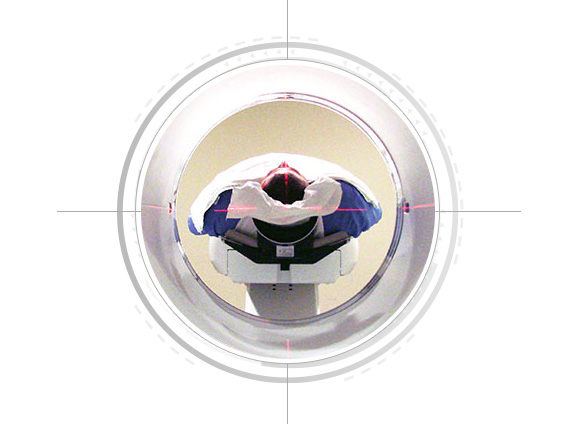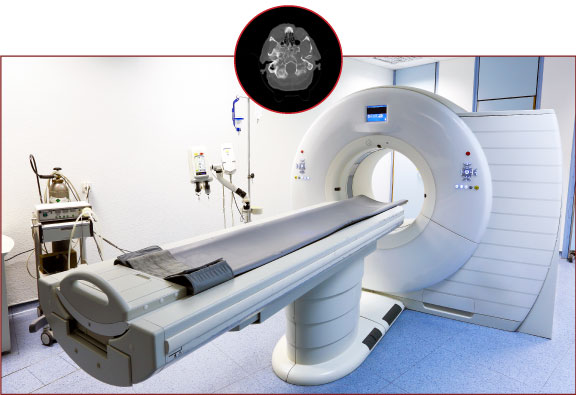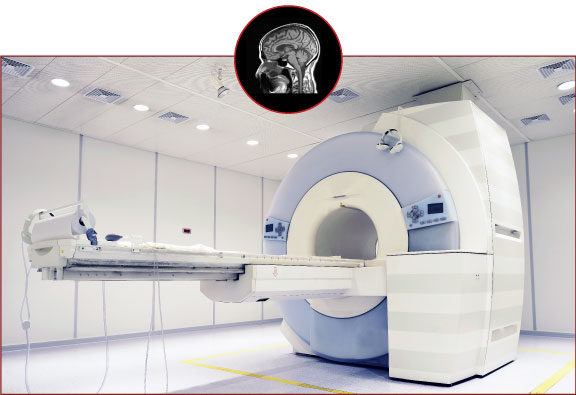Leading Radiology Forward
Throughout its 30-year history, RadNet has committed to advancing musculoskeletal imaging research. As one of the nation’s largest providers of outpatient imaging services through a network of more than 290 sites, RadNet is an attractive partner to researchers seeking a large pool of highly specialized radiologists, advanced imaging technologies and geographical convenience. Additionally, through the Musculoskeletal MRI Fellowship program, RadNet encourages young radiologists to train as musculoskeletal imaging specialists and to contribute to a growing body of musculoskeletal imaging research.

A Brief History of Advanced Musculoskeletal Imaging Technologies
The advent of magnetic resonance imaging (MRI) and computed tomography, as well as ultrasound, vastly enhanced radiologists’ ability to study the anatomy and function of bones, muscles, joints, ligaments and tendons. Although researchers had experimented with tomography in the early 1900s and with MRI in the 1950s, advancements in the processing power and growing availability of computers created new potential for these advanced imaging techniques in the 1960s.
Computed Tomography
In 1969, an electrical engineer from the United Kingdom named Godfrey Hounsfield developed the first commercially viable CT scanner. One of these scanners was installed at Atkinson Morley Hospital in Wimbledon, England and the first patient brain scan was completed on October 1, 1971. Over the years, CT scanners have improved to perform scans more quickly, in higher detail and with lower doses of radiation. Numerous applications for CT in musculoskeletal imaging have been identified in the years since and ongoing research may result in CT scanners that are even faster and more efficient.
Magnetic Resonance Imaging
From the 1950s through the present, numerous researchers from across the globe contributed to advancements in MRI technology. MRI was first used, on a mouse, to produce a cross-sectional image in 1974. By the late 1970s, refined mathematical techniques allowed MRI scans to take seconds rather than hours and the first MRI body scan of a human was completed in 1977.
More powerful MRI machines with 1.5T magnets were introduced in the 1980s and these eventually led way to MRI machines with 3T magnets. Currently, researchers are exploring even stronger magnets and are continuing to identify new applications for MRI in musculoskeletal imaging.



